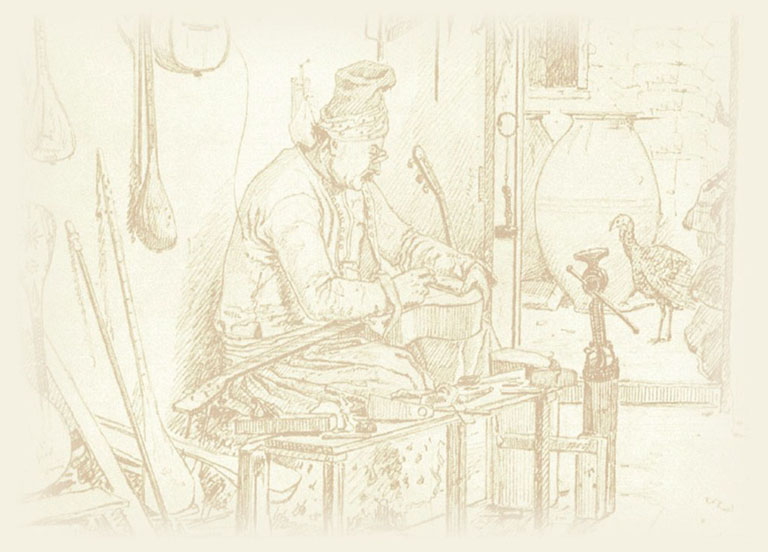

Greek musical instruments
From the Cycladic harp of the early historical ages to the Hellenistic hydraulis, and from the pandouris and guitar of the classical era to Byzantine lutes and the modern Greek bouzouki, lutherie has followed an unbroken path marking the development of Greek civilization.
It is a demanding venture to define the temporal and the spatial origins of lutherie in the eastern Mediterranean region, where cross-influences are any rule and original invention is an exception.
Nevertheless, in the Greek culture lutherie has found a hospitable home in which to develop and mature, contributing in multiple ways to neighboring and future civilizations. Its 5000 years of existence show a powerful dynamic and an admirable proliferation, despite the fact that it doesn't exhibit the same stability found in classic European lutherie.
It is the pandouris that has given the modern world such offspring-hybrid instruments as the lute, the mandolin and the bouzouki.
Greek luthiers use the technique of the stave extensively for the creation of the shells of the musical instruments. Ther are strong links between this technique and that used in wooden shipbuilding. It is interesting that an entry in a Spanish dictionary dating from 1611 A.D. claims that the word “lute” is etymologically derived from the word “halieut”, which is a corruption of halieutic, the Greek word for small fishing boat. This is an alternative view to that claiming that it is of Arabic origin, etymologically derived from the words “al ud ”meaning “wood”.
Experts in the stave technique, Greek luthiers have produced works of art comparable to those of sculpture, while simultaneously controlling the sound, which depends on the shape and the form of the sound box.